Articles
Lean Supply Chain
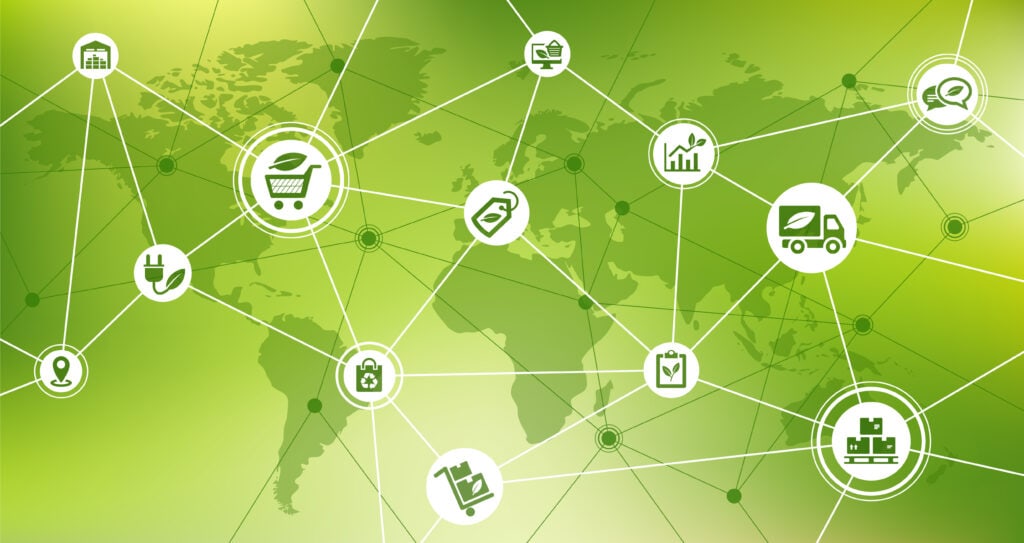
The Lean, Green Supply Chain: Where 1+1=3
The topic of sustainability is starting a trend toward supply chains that are both lean and green.
Read More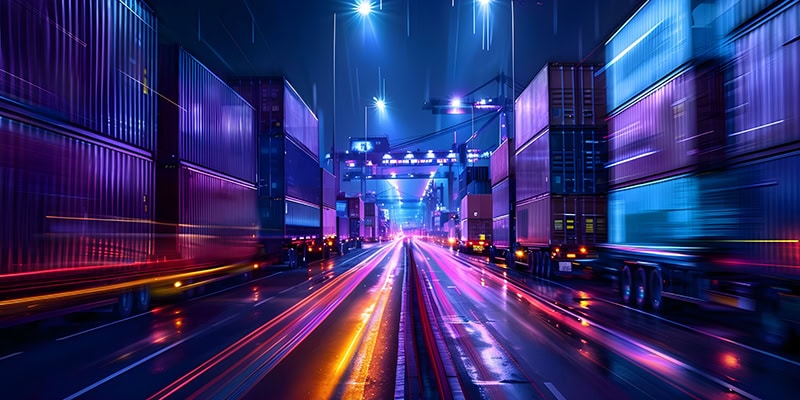
Back(haul) to the Future
Backhauling is a logistics strategy in which commercial truck drivers transport a load on their trip back to their origin point. It is the opposite of deadheading, which is when drivers make the return trip with an empty truck.
Read More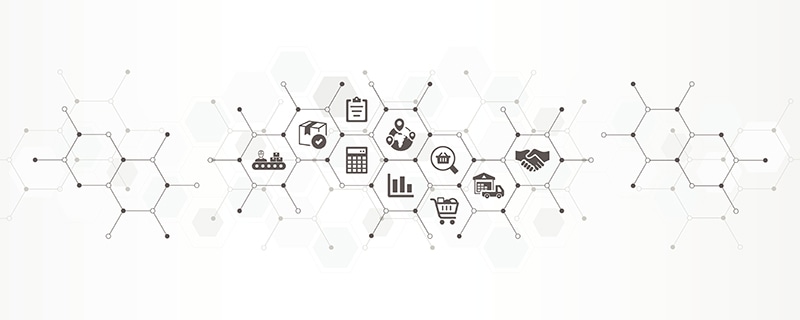
Is Your Supply Chain “Blocked”?
People like me constantly champion the benefits of collaboration and visibility in the supply chain and warn that a lack of traceability and transparency can lead to delays, errors, and increased costs. To achieve this, supply chain participants need a unified view of data, while still being able to independently and privately verify transactions such as production and transport updates.
Read More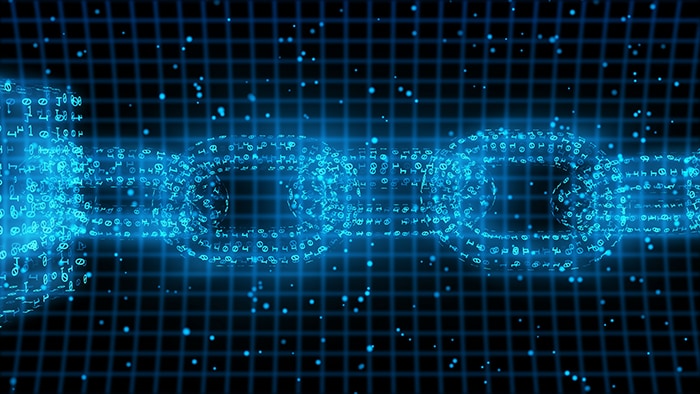
Sustain the Chain With Technology
Today, more than ever, it is important that we build sustainable supply chains that positively impact business, society, and the planet. To meet customer expectations and be truly sustainable, organizations must ensure responsible business practices internally and across the entire value chain.
Read More
Small Businesses Need Supply Chain Planning Tools, Too
Supply chain technology vendors historically have paid little attention to the planning needs of small “mom and pop” businesses. That’s surprising, considering there are approximately 32 million such businesses in the United States, with 2.7 million in the retail trade alone, according to the 2019 U.S. Census.
Read More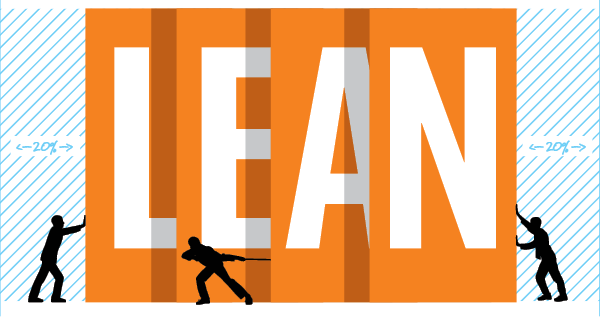
Autonomous at Last?
One of the most difficult and expensive areas of the supply chain is last-mile and home delivery. It can also be the most memorable and important aspect of the customer’s buying experience. So, it’s no surprise that last-mile delivery of goods is a key application for driverless technologies.
Read More
Just In Time to Near-Source or Nearly Time to In-Source?
As the global economy grows more complex, the concepts of in-sourcing and near-sourcing are receiving increased attention from many supply chain professionals.
Read More
The Supply Chain: It’s Alive! It’s Alive!
In some ways, the supply chain of today is a living, breathing organism. It’s not just links and nodes on a map, but a blend of digital and/or analog data, machines, and yes, real people who are constantly moving and adapting.
Read More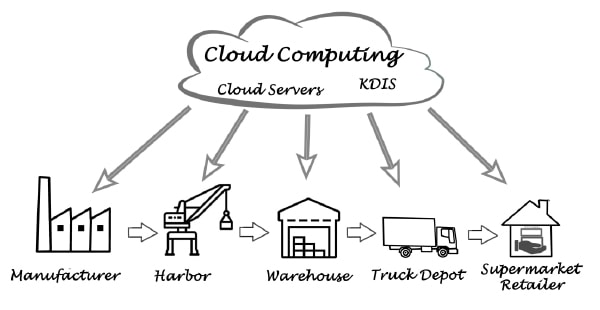
The Future of the Supply Chain is Cloudy
We hear a lot about the cloud these days. The cloud (public or private) refers to software and services that run on the Internet instead of locally on your computer. There is a good chance that the majority of business data will eventually reside in the cloud.
Read More
Building The Smart Supply Chain
With more objects embedded with sensors, and better communication, decision-making and automation capabilities, traditional supply chains are becoming more intelligent. The new “smart” supply chain presents huge opportunities for reducing costs and improving efficiency. Some refer to this concept as Supply Chain 4.0: the application of the Internet of Things (IoT), advanced robotics, and big […]
Read More
Lean Isn’t Mean and Agile Isn’t Cheap
Back in 2014, I wrote a column extolling the benefits of a lean and agile supply chain, also known as a hybrid strategy. Depending on your product or service, your supply chain may tilt more one way or the other, or it might be segmented but still exhibit characteristics of both. For example, if you […]
Read More
S&OP: Bringing the Outside In
Sales and Operations Planning (S&OP) is an integrated business management process through which the leadership team continually achieves focus, alignment and synchronization among all functions. This ensures that supply meets demand while the organization meets general business objectives, including profitability, productivity, competitive customer lead times, and others.
Read More
Supply-Side Accuracy and Timeliness in Volatile Times
While improved demand accuracy in your supply chain is critical, it is equally important to have supply-side accuracy and timeliness, especially now. The disruption the pandemic caused for global supply chains is getting worse, creating shortages of consumer products and making it more expensive for companies to ship goods where they’re needed.
Read More
Demand Accuracy In Your Supply Chain
During the pandemic, a lot of the focus on supply chain tended to be on the supply side, and rightly so, due to the highly publicized sourcing, production, distribution, and transportation issues. As a result, organizations continue to look to increase productivity, flexibility, and agility through programs such as Lean, increased automation, robotics, artificial intelligence, and others.
Read More
Omnichannel Delivers, But at What Cost?
Amazon, the most successful e-commerce company of all, gained a competitive advantage through its two-day free delivery for Prime customers. Many other pure e-tailers and brick-and-mortar retailers moving to omnichannel retail—where customers engage with companies in a variety of ways, including in a physical store, or via websites and mobile apps—have followed suit to some degree.
Read More
Professional Education: Time to Pay It Forward
The pandemic, for better and for worse, has shined a bright light on the supply chain and logistics functions.
Read More
Omnichannel and Supply Chain Work Together for Competitive Advantage
The days of going to a department store to shop for a TV, viewing the options, and making a purchase now seem quaint. The emergence of the internet, smartphones, social media, and other technologies has opened a world of new options for consumers and businesses to review, research, and buy online with ever-increasing delivery choices.
Read More
Lessons Learned: Risk Mitigation Strategies for the Future
Companies can help avoid at least some of the pitfalls of supply chain risk—including COVID-19—by developing risk mitigation strategies such as supply chain mapping.
Read More
Traditional Retail Supply Chains Tackle Omni Challenges
Distribution centers (DCs) traditionally shipped orders in bulk to retailers or wholesalers. In the early days of e-commerce, most retailers used a small area in an existing DC to fulfill online orders or outsourced the process to a third party. As online demand grew, many retailers opened fulfillment centers dedicated to picking and packing individual orders shipped to individual end users. DCs and fulfillment centers have much different types of operations and cost structures.
Read More
The Road Map Out of This Mess
For years, I have been a proponent of operating a lean and agile supply chain, but some now say the COVID-19 pandemic has revealed the shortcomings of a supply chain that is perhaps too lean. To be “lean,” however, doesn’t mean maintaining extremely low inventory levels with no coordination or backup plan. It also appears […]
Read More